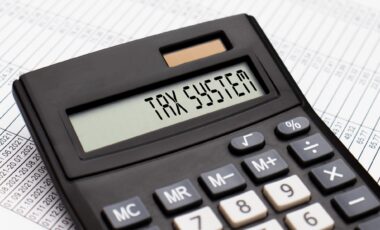As Australia moves into the new financial year, Services Australia is preparing to balance Family Tax Benefit (FTB) and Child Care Subsidy (CCS) payments for families. This process, which follows the end of the financial year on June 30, ensures that families have received the correct amount of financial support. For some, this may result in a cash boost, while others could face the prospect of repaying a debt. The balancing process is an essential part of maintaining the accuracy of government payments and providing families with the financial support they need.
Understanding the intricacies of this balancing procedure is vital for families, as it requires confirming income details through tax returns or via online platforms like the Centrelink app or myGov. The process is straightforward for most, but it can lead to complications if income details are not confirmed in a timely manner. With different timelines for Family Tax Benefit and Child Care Subsidy, it’s crucial that families stay informed and follow the necessary steps to ensure the process goes smoothly.
What Is Centrelink’s Balancing Process?
The balancing process is a yearly procedure carried out by Services Australia to compare the estimated income families reported with their actual income. This occurs after the end of the financial year on June 30, where the government checks if families received too much or too little financial support based on their income.
For many families, this will result in a top-up or supplement, offering extra financial support for the year. However, for others, it may lead to a debt that must be repaid if they were overpaid during the year. It’s important to note that balancing is done separately for Family Tax Benefit (FTB) and Child Care Subsidy (CCS), with each following its own process.
How Families Can Confirm Their Income
To complete the balancing process, families must confirm their income details. This can be done either by lodging a tax return with the Australian Taxation Office (ATO) or by declaring that they do not need to file one. If a partner is involved, they also must confirm their income, either by lodging a return or by indicating they are not required to do so.
This income confirmation is crucial because it determines whether the payments are balanced correctly. Families with both Family Tax Benefit and Child Care Subsidy need to confirm their income for each, even if no action is required for one of them. The confirmation can be done using the Express Plus Centrelink mobile app or via a myGov account.
Balancing Timelines for FTB and CCS
The balancing process for Family Tax Benefit begins in July, immediately following the end of the financial year. Child Care Subsidy balancing, however, is scheduled to start in mid-August. The delay is due to the need to gather information from childcare providers before the balancing can take place.
Once a tax return is lodged, the ATO will confirm the income details with Services Australia. However, this process can take up to 28 days, so families should not expect immediate updates. To keep track of the balancing process, families can monitor their progress using the Express Plus Centrelink app or their myGov account.
Impact of Separation on FTB Balancing
For families that have experienced separation during the year, balancing can become a bit more complex. In these cases, Services Australia can still balance the Family Tax Benefit, but it will use an income estimate provided for the ex-partner if they have not yet lodged a tax return. There is no need for families to directly contact their ex-partner as the system will use this estimate to proceed with the balancing.
Families who receive both payments (FTB and CCS) need to ensure that both incomes are confirmed, even if one is not required for their FTB balancing. This ensures that both subsidies are appropriately adjusted, reflecting the correct financial support.









